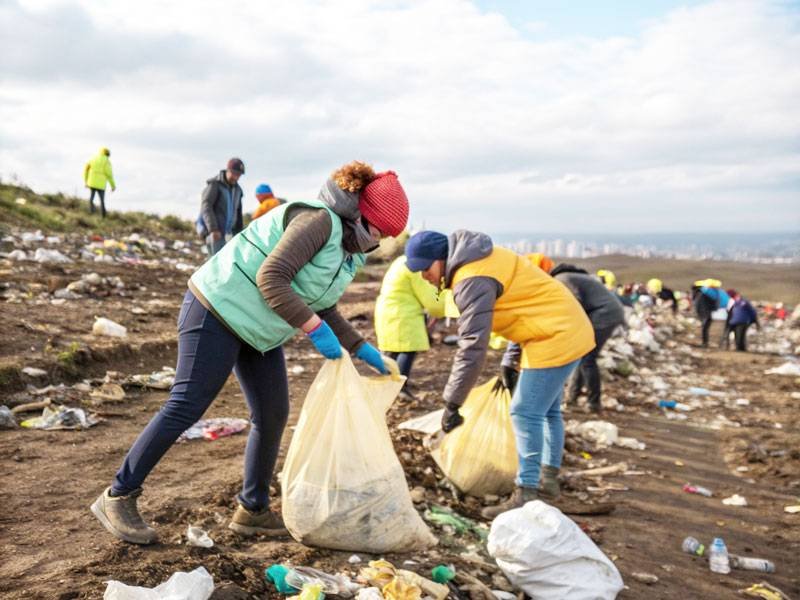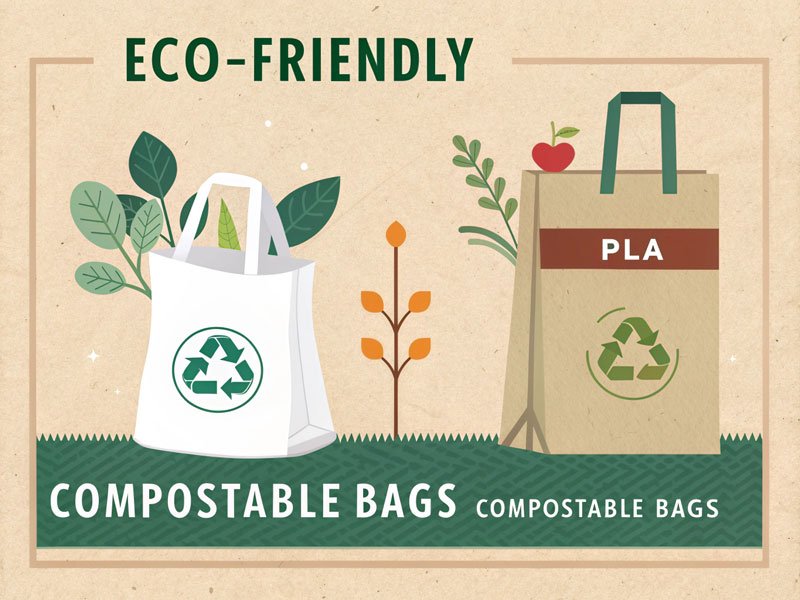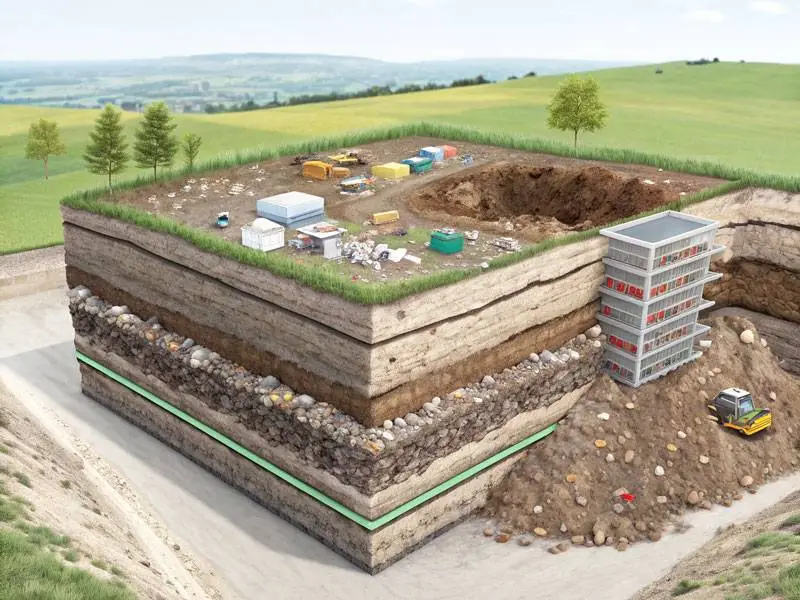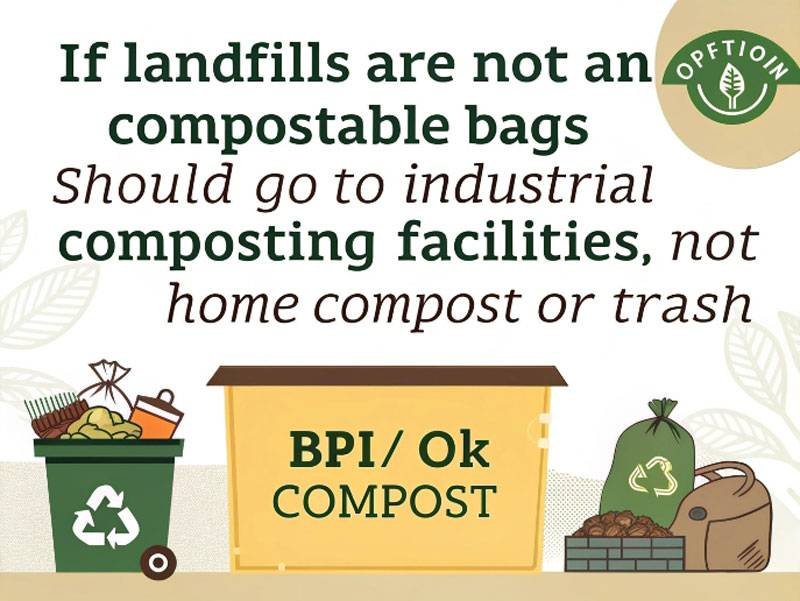Many people switch to compostable bags to reduce plastic waste. But do these bags actually break down in landfills? The answer might surprise you.
Compostable bags require specific conditions to break down—like high heat, moisture, and microbial activity—which landfills usually lack. Without these, they may not decompose fully, remaining intact like regular plastic.

To understand why landfills aren’t ideal for compostable bags, we need to look at how they’re made and how landfills work.
What Are Compostable Bags?
Not all "eco-friendly" bags are the same. Compostable bags are designed to decompose under the right conditions—but what exactly makes them different?
Compostable bags are made from plant-based materials like cornstarch or PLA (polylactic acid). Unlike regular plastic, they break down into water, CO₂, and biomass in composting facilities.

Key Differences Between Compostable and Regular Plastic
| Feature | Compostable Bags | Regular Plastic Bags |
|---|---|---|
| Material | Cornstarch, PLA | Petroleum-based |
| Decomposition | 90-180 days* | 500+ years |
| End Products | Water, CO₂, biomass | Microplastics |
| Certifications | BPI, OK COMPOST | None |
*Time depends on composting conditions.
Compostable bags need:
- Heat (50-60°C) – Found in industrial composters, not landfills.
- Moisture – Landfills are often dry and compacted.
- Microbes – Active in compost piles, not buried trash.
Without these, they behave like slow-degrading plastic.
What Is the Environment Like in a Landfill?
Landfills aren’t just giant trash piles. They’re carefully engineered to preserve waste, not break it down. Why does this matter for compostable bags?
Modern landfills are designed to minimize oxygen and moisture, slowing decomposition. Even organic waste (like food) can last decades in this environment.

How Landfills Prevent Breakdown
- Compaction – Waste is crushed to save space, reducing air pockets needed for microbial activity.
- Layering – Clay and plastic liners block moisture and oxygen.
- Anaerobic Conditions – Without oxygen, decomposition produces methane (a potent greenhouse gas) instead of CO₂.
Result:
- Compostable bags may fragment but won’t fully biodegrade.
- Studies show newspapers from the 1970s still legible in landfills.
The Right Way to Dispose of Compostable Bags
If landfills don’t work, where should compostable bags go? The answer depends on your local facilities.
For proper breakdown, compostable bags must go to industrial composting facilities (not home compost or trash). Check for BPI/OK COMPOST certification labels.

Steps to Ensure Proper Disposal
- Verify Certification – Look for BPI (USA) or OK COMPOST (EU) logos.
- Check Local Rules – Some cities collect compostable bags with organic waste.
- Home Composting? – Only if certified "home compostable" (takes longer).
Common mistakes:
- Mixing with recyclables (contaminates recycling streams).
- Assuming "biodegradable" = compostable (they’re different).
Smarter Choices and Alternatives
Compostable bags aren’t a magic solution. How can we make a bigger impact?
Reduce bag use entirely with reusable containers or liners. For unavoidable waste, choose plant-based bags with proven compostability certifications.

Comparing Eco-Friendly Options
| Option | Pros | Cons |
|---|---|---|
| Reusable bags | Zero waste, long-term savings | Upfront cost, cleaning |
| Compostable bags | Breaks down in composters | Needs specific disposal |
| Paper bags | Recyclable, biodegradable | Resource-heavy production |
Tip: For pet waste, use home-compostable bags if industrial composting isn’t available.
Conclusion
Compostable bags only break down in composting facilities, not landfills. For real impact, reduce waste and dispose of them correctly.
Related articles
How Long Do Biodegradable Bags Take to Decompose
Are Compostable Trash Bags Better for the Environment
Are Compostable Bags Really Compostable?
What is a Compostable Bag:Most Complete Guide
